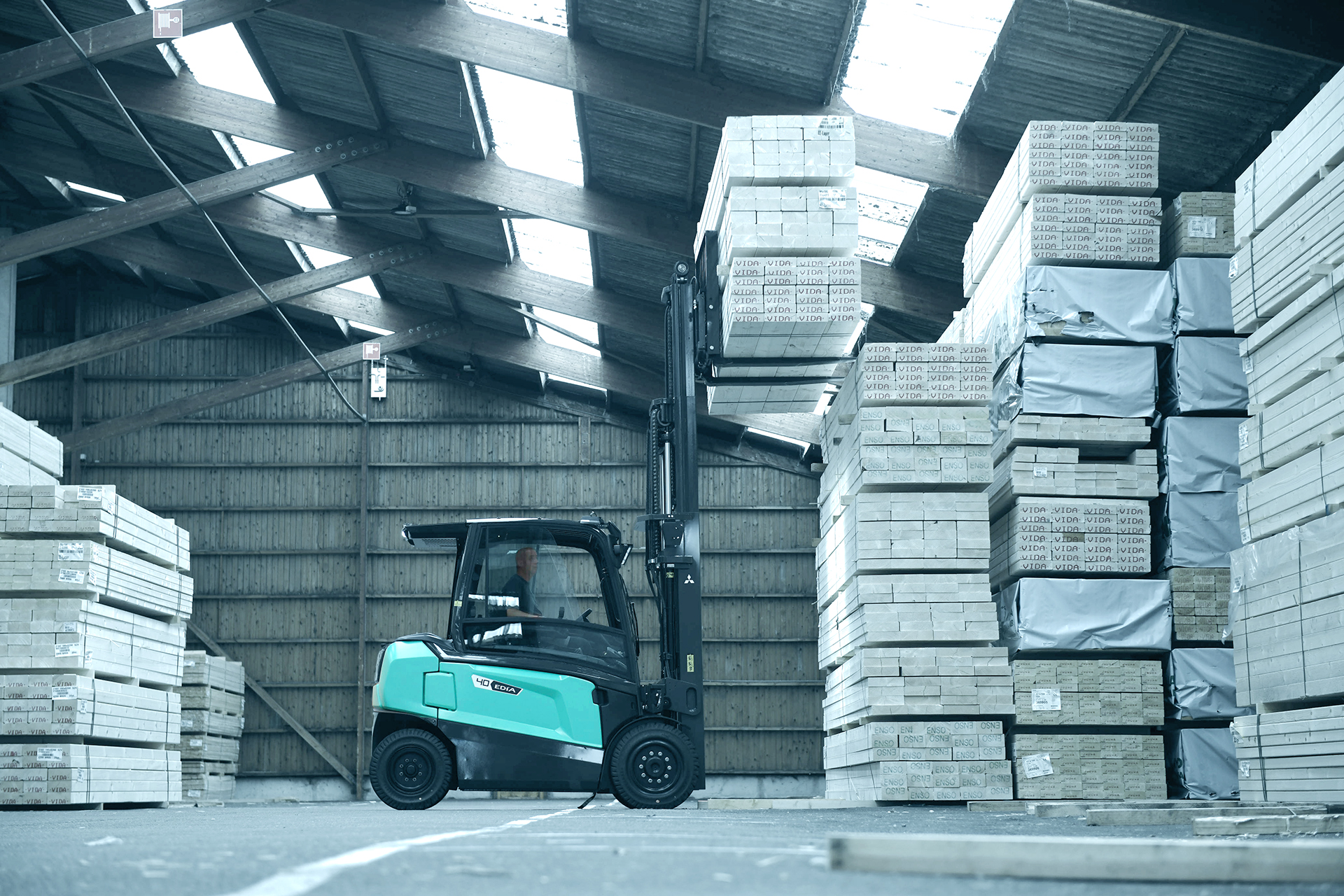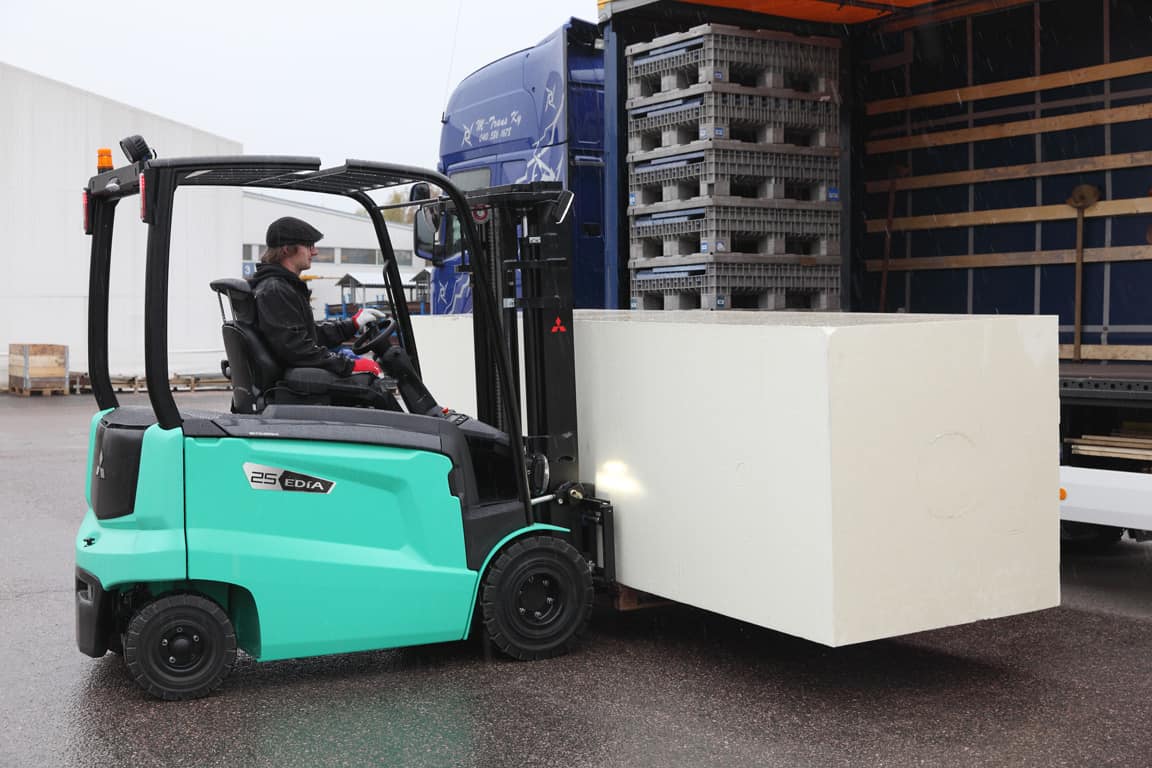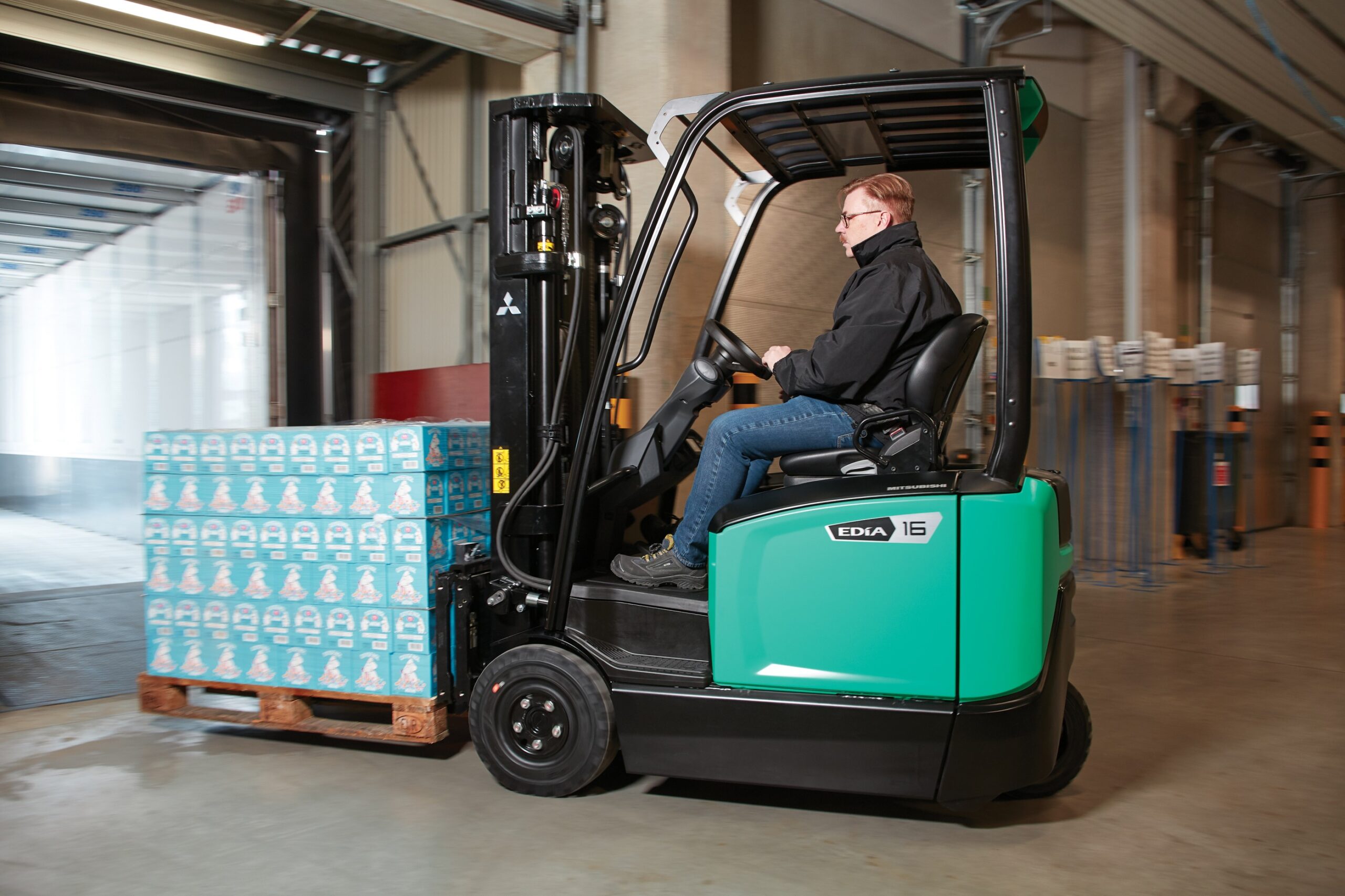Forklift Safety: What You Need to Know
Accidents at the workplace involving the use of forklifts are a common occurrence. Most of the accidents are caused by forklift operators and those in the vicinity not following the rules surrounding forklift safety.
If you are in a situation where you need to operate a forklift or work in an environment where the use of forklifts is common practice, you will need to familiarise yourself with the best and safest ways to operate forklifts.
Check the condition of the forklift before operating
When you rent or purchase a forklift, the supplier should provide you with the equipment in a passable condition. However, to mitigate any risk of the forklift malfunctioning, it’s important to conduct your own assessment before operating the equipment.
If there is anything mechanically wrong with the forklift you should terminate any plans to operate it immediately. Even something seemingly small like a horn that does not work increases the risk of something going wrong during the operation.
Make sure the forklift specs are correct for the job
Most of the accidents that happen involving forklifts have been because those operating them are not entirely sure of how to use them appropriately. To ensure forklift safety, before you operate a forklift, you have to be aware of the purpose you are using the forklift for.
You have to be sure about the weight of the load you intend to carry with the forklift. The maximum load of the forklift must align with the load you have to carry. Under no circumstances should the load carried exceed the maximum capacity of the forklift.
If the weight is exceeded, this will throw the forklift off balance and may cause the wheels to buckle, resulting in serious damage to the equipment and increasing the potential for serious injury.
Wear your seatbelt when operating a forklift
Although forklifts are typically operated at slow speeds, you must wear your seatbelt when you are in the driver’s seat. Wearing your seatbelt will prevent serious injury in the event of a collision or mishap.
If you fall out of the forklift, you may risk becoming trapped between the ground and the vehicle, possibly causing major trauma to the head or the upper body. Wearing your seatbelt will prevent this from happening and keep you safe while operating the forklift.
Be aware of pedestrians in the area
Although a forklift should come with lights and horns to attract attention, you cannot be sure that pedestrians in the area can see the forklift while in operation. It is therefore the responsibility of the driver to keep an eye out for any pedestrians who may be in the same vicinity.
If you do see someone in the way, make sure you reduce the speed at which you are travelling and use the horn to signal to them that you are on the move.
Checking your surroundings is particularly important when reversing the forklift, as moving backwards can make it more difficult to see. Ensure that your route is clear and do not start driving until it is safe to do so.
Understand the common hazards
When it comes to forklift operation, there are several common hazards you need to be aware of when practising forklift safety. Being aware of these hazards will help you to be more aware of how to safely operate a forklift.
Unbalanced loads can fall
If the load is unbalanced, it can cause the forklift to topple causing injury. If a load falls off the forklift there is a significant risk of anyone in the vicinity of the driver being crushed by the load. To prevent this from happening, always make sure the load is properly secured and balanced properly. Driving slower will also help to reduce the risk of falling loads. It’s better to complete a task safely than in a hurry.
Fellow workers can fall from a height
It’s important to remember that forklifts are heavy machinery and not toys. Although it can be tempting to have a bit of fun with the equipment, doing so is detrimental to safety practices when operating the forklift. Often accidents occur when people are negligent and misusing the equipment. For example, other workers can fall if they stand on the forks, meaning this behaviour is strongly inadvisable.
Going too fast can cause accidents
Even if you are operating the forklift in a seemingly vacant warehouse, you must not go too fast when driving it. In a storeroom, unexpected obstacles can obstruct your route, which are harder to avoid when travelling at speed.
It is also dangerous to travel at speed when there are people around, therefore it is advisable to drive the forklift at reduced speeds at all times.
Familiarise yourself with safe loading practice
Before you start transporting any load with a forklift, you need to make sure the load is correctly attached to the forklift in order to transport it safely.
Firstly, you need to make sure the goods are stacked safely on top of a pallet. Do not attempt to lift something with a forklift where there forks cannot support the loads completely.
Next, ensure the load is in line with the maximum weight the forklift is able to take. You also need to make sure the load is balanced to prevent the forklift from toppling over.
When picking up the load, make sure the forks are inserted into the palate completely and that the load is securely attached. If there is any sign of instability, stop operating the forklift immediately.
Make sure the forklift is returned to an appropriate state
To ensure consistent forklift safety is achieved, make sure you return the forklift to its parking bay having followed the proper equipment shut down procedures. Always make sure the forks are lowered and that the engine is completely turned off before walking away from the forklift.
If there is any damage to the vehicle, make sure you disclose this to make the next person to use the forklift aware of it. This will ensure that the next user can start their shift and practice forklift safety protocol too.









